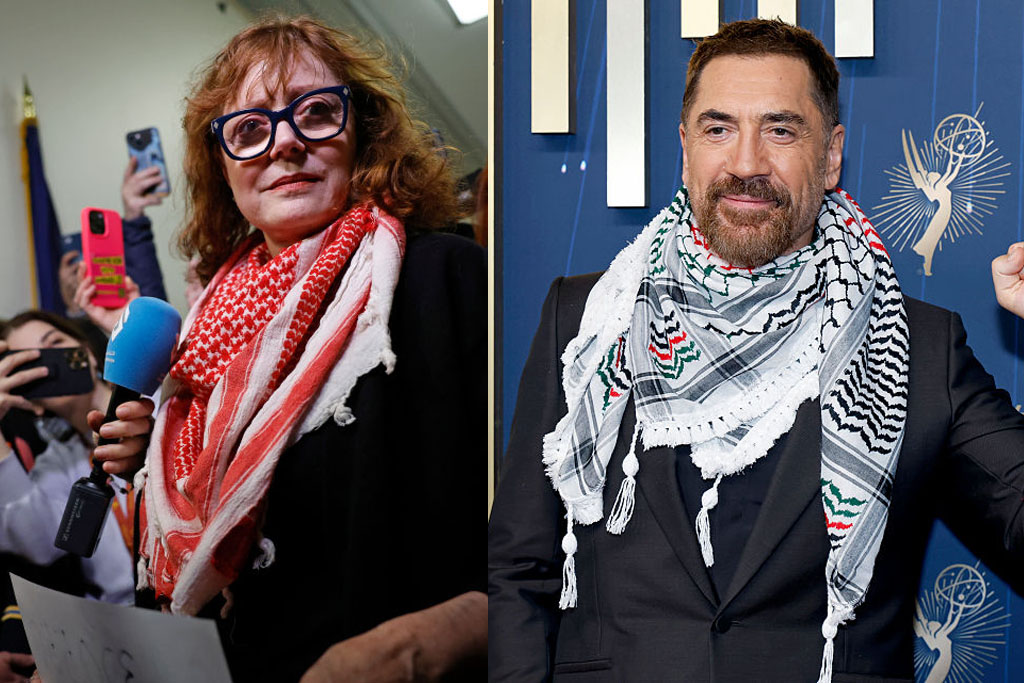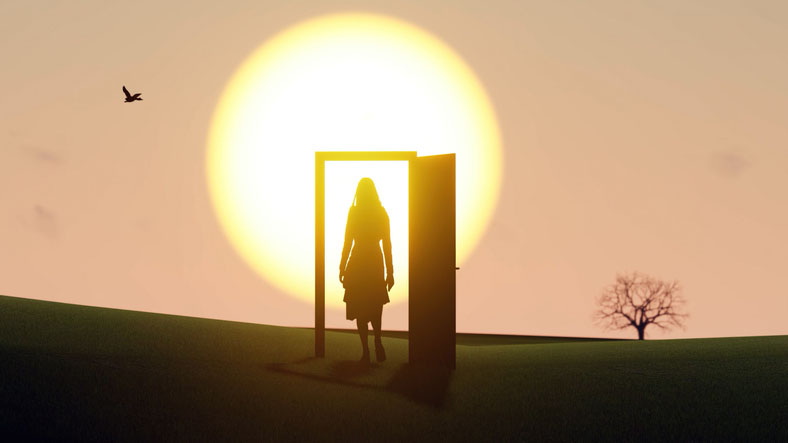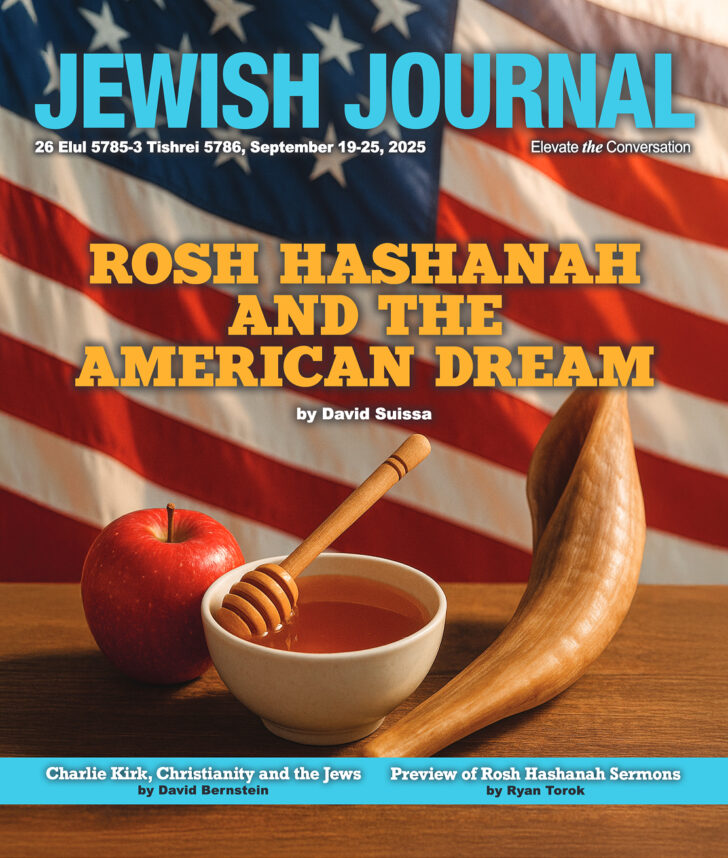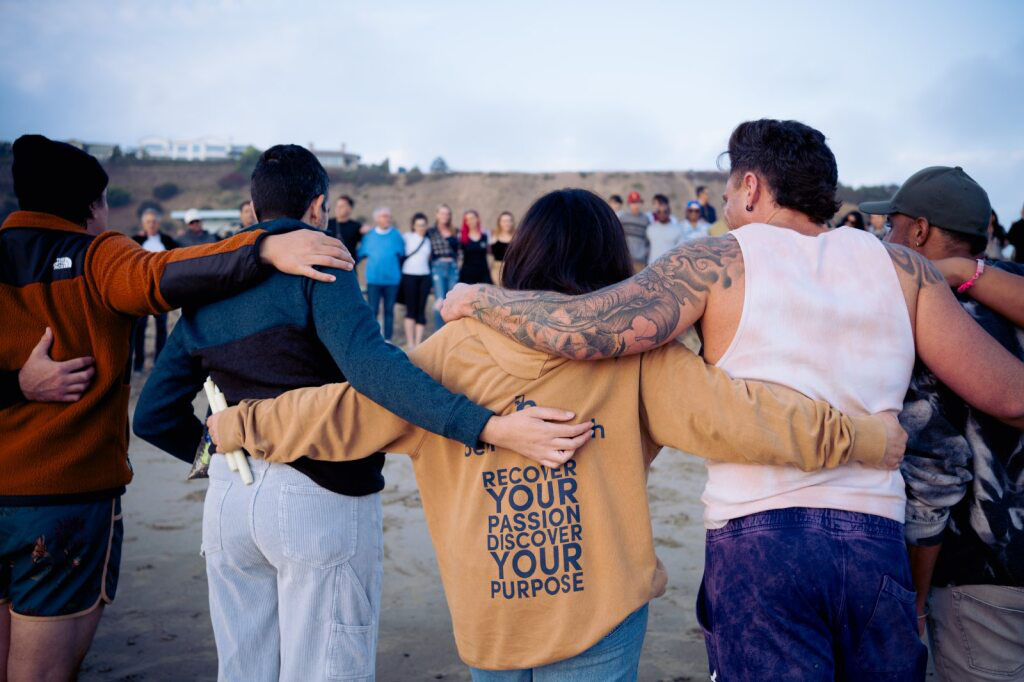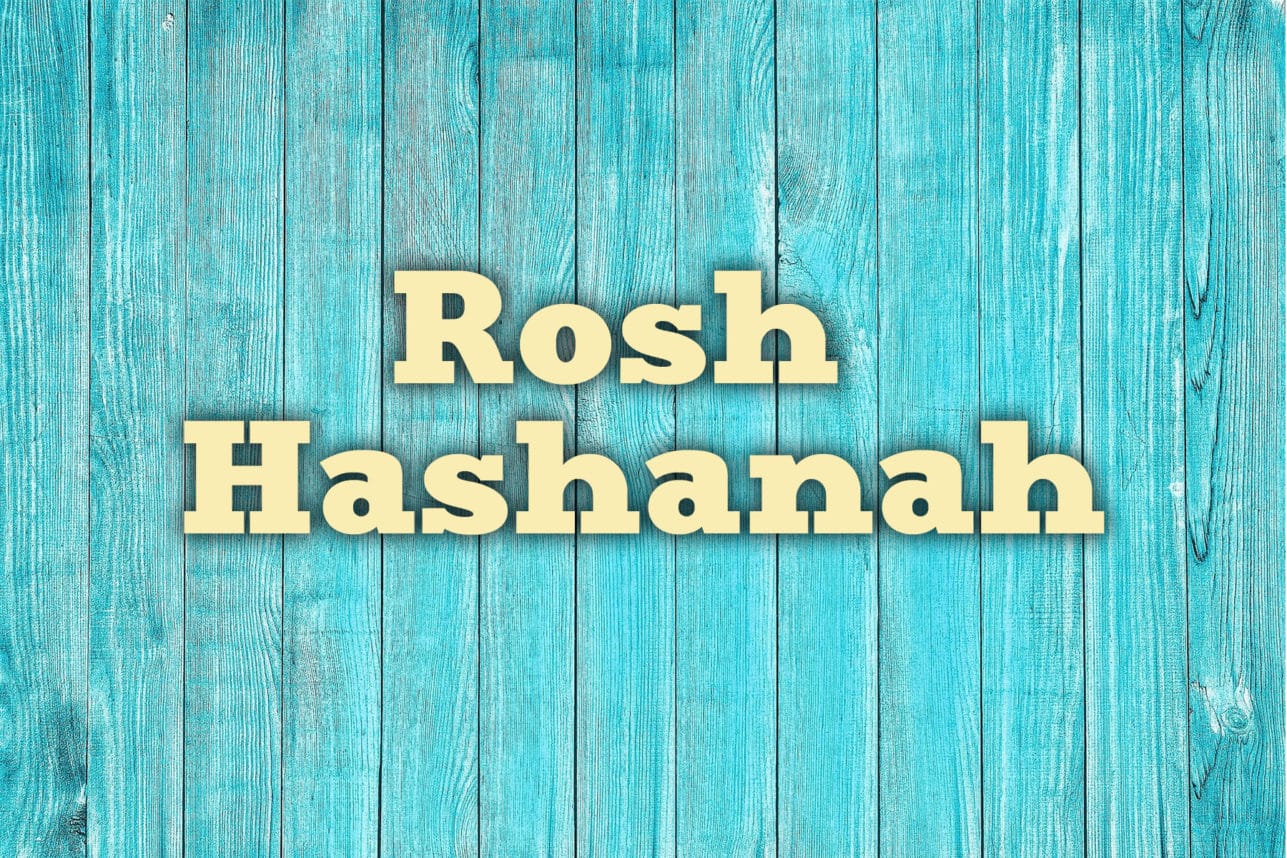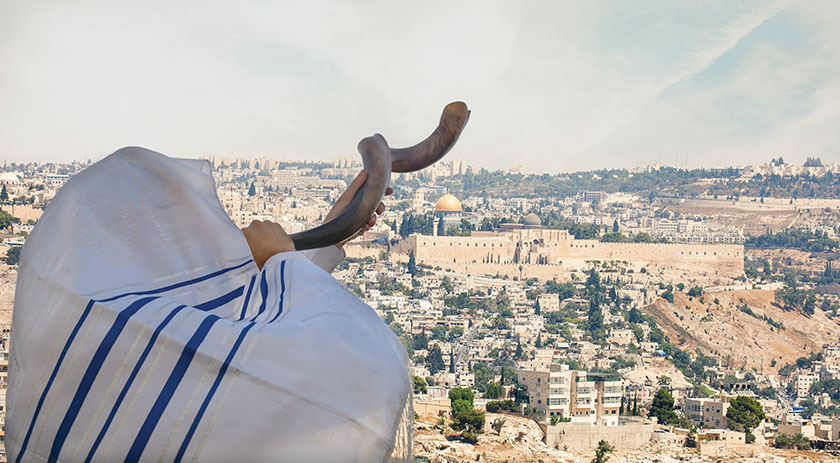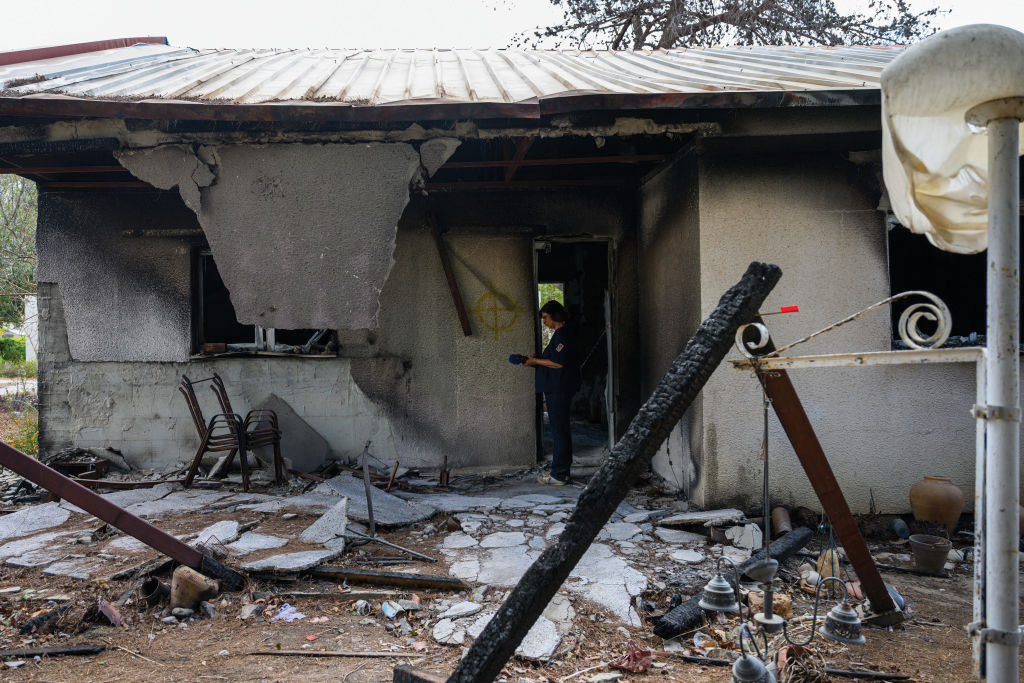“Hava Nagila” is one of those songs, like “Celebration” and “Auld Lang Syne,” that brings back memories and gets stuck in one’s head. In fact, “Hava Nagila” is so ingrained in American pop culture that many non-Jews can readily identify it, and high-profile non-Jewish recording artists, including Harry Belafonte, Connie Francis and Glen Campbell, count their renditions as a career highlight.
As filmmaker Roberta Grossman discovered, the circumstances that brought “Hava Nagila” to such widespread recognition are complex. With wit and scholarly research, she takes viewers on “Hava Nagila’s” journey, from its semi-tragic origins in the 19th century Ukrainian village of Sadigora to its nearly worldwide renown as a Jewish anthem today, through “Hava Nagila (The Movie).”
Opening in L.A.-area theaters on March 15, there will be a March 7 screening and question-and-answer session with Grossman presented by the L.A. Jewish Film Festival and the Jewish Journal at Laemmle’s Music Hall 3 in Beverly Hills.
[For tickets to the “Hava Nagila” screening, visit Director Roberta Grossman Photo by Robert Zuckerman
But when Grossman’s young daughter asked her to “make a happy film next time,” that led the filmmaker to consider making a substantial but entertaining documentary about “Hava Nagila” as a Jewish cultural milestone.
“While we were making it, I realized those ‘Hava’ moments at events like weddings, bar mitzvahs and other family gatherings stamped my soul,” Grossman recalled. “I did not know what the words meant, or know if it was a written song or traditional hymn. While researching and shooting, we encountered fabulous scholars who studied the origins and impact of ‘Hava Nagila.’ This, in turn, made us realize that the song is a window into more than 150 years of Jewish history, culture and spirituality.”
Grossman and her team found some of the best material for the film by accident. For instance, while shooting footage in Sadigora, Grossman ran into the great-great-great grandson of Rabbi Yisroel Friedman, the Ruzhiner rebbe, who is credited with originating the song as a Chasidic nigun, or wordless melody, in the mid-19th century. (The lyrics were added in 1915 by composer Abraham Zevi Idelsohn.) For more than a year prior to that chance meeting, Grossman had been searching doggedly for a descendant of Friedman to discuss the role of Chasidic life and how it shaped the song’s beginnings.
“My grandmother said the meeting … was bashert, or mean to be,” Grossman said. “Besides the fact that he spoke eloquently about Jews in Sadigora in the 19th century, he had a foot in the non-Chasidic world and graciously allowed us to film and interview him and to use the footage.”
One of the most profound revelations Grossman experienced while making the film came from interviews with klezmer musicians.
“At first, I could not understand why they expressed hostility toward the song,” she said. “I eventually realized ‘Hava Nagila,’ for some, represented the disenfranchisement of the old Yiddish klezmer tradition in the way the Hebrew language displaced Yiddish.”
Although Grossman’s next project will focus on the more somber topic of the secret archives of the Warsaw Ghetto, she makes the point that the widespread embrace of “Hava Nagila” in the ’50s and ’60s was ultimately a direct response to the Holocaust along with the determination of a people to endure and carve out a better life.
Even with the exploration of the Warsaw Ghetto in progress, Grossman insists she will return to a cheerful topic. In much the way she did with “Hava Nagila,” she plans to examine the cultural impact of “Fiddler on the Roof,” Norman Jewison’s 1971 film adaptation of the Broadway hit.
Almost like the song that inspired it, “Hava Nagila (The Movie)” has already made a big splash on the film festival circuit both nationally and internationally, including opening the 2012 San Francisco Jewish Film Festival.
“From the first frames on, people were clapping, singing along and laughing,” Grossman said. “There were 1,400 people in the audience at the San Francisco Jewish Film Festival, as well as three more sold-out screenings. Between July 2012 and March 2013, 55 Jewish film festivals included ‘Hava Nagila (The Movie),’ and about half of these had it open or close their program.
“No pun intended, but this film is really hitting a chord with viewers.”










